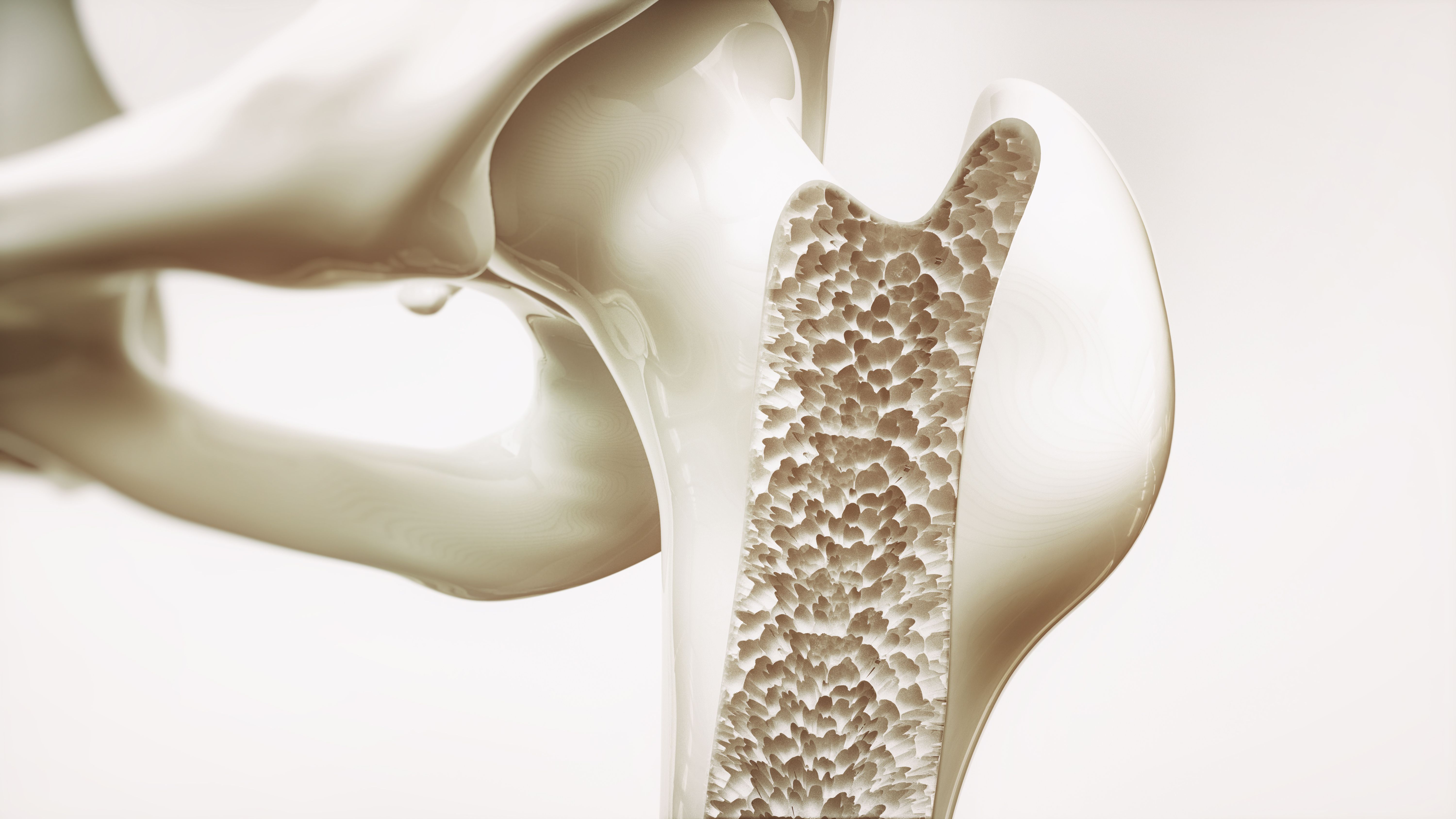- Center on Health Equity & Access
- Clinical
- Health Care Cost
- Health Care Delivery
- Insurance
- Policy
- Technology
- Value-Based Care
Study Validates the Positive Effects of Nusinersen on Bone Health in Patients With SMA Types 2 and 3
In a multidisciplinary follow-up study, researchers analyzed bone health decline and the effects of nusinersen in patients with spinal muscular atrophy (SMA) types 2 and 3.
In a recent study published in Acta Paediatrica, bone mineral density (BMD) and bone metabolism were observably worse in children and adolescents with spinal muscular atrophy (SMA) type 2 and type 3; however, nusinersen demonstrated the ability to hinder bone and motor function decline.
SMA is a progressive, autosomal recessive disorder characterized by varying severities of muscular weakness, atrophy, and loss of motor functions. These effects on the muscular system can impact the respiratory and skeletal systems, as well as nutritional intake if swallowing and chewing are affected.
This disease is caused by the absence or alteration of the SMN1 gene, which leads to deficient levels of survival motor neuron (SMN) proteins. Nusinersen, an SMA-targeting innovation of the last decade, has repeatedly demonstrated the capacity to increases SMN protein levels and improve motor functioning in this population.
Bone Model | crevis - stock.adobe.com

Notably, individuals affected by SMA are more vulnerable to bone fractures and developing low BMD. Due to its effect on bone development, the authors of the present study saw bone health as an important measure to clinically analyze and address in patients with SMA. In their research, they focused on children and adolescents with SMA types 2 and 3 to evaluate BMD, motor function, bone turnover, and orthopedic clinical status over a 2-year study period. Additionally, as nusinersen became an approved treatment during this period, they also gathered data on its effect on bone remodeling.
From 2016-2019, 20 children diagnosed with 5q SMA type 2 or type 3 at the Queen Silvia Children’s Hospital in Gothenburg, Sweden, were recruited to participate in this study. Nusinersen was approved in Sweden in 2017 and 10 of these participants started treatment by their follow-up appointment. At baseline, blood and serum samples were taken from all participants and nutritional information was gathered in questionnaires or interviews.
Individual motor function was assessed with the Hammersmith Functional Motor Scale Expanded for SMA (HFMSE; where higher scores indicate better motor function). Z-scores for BMD were measured using dual-energy x-ray absorptiometry (DXA, which ranges from –2.5 [indicating lower-than-normal bone density for one’s age, sex, and body size] to +2 [indicating higher-than-normal density]). Serum for the bone resorption marker C-terminal cross-linking telopeptides (CTX) and the bone formation marker bone-specific alkaline phosphatase (BALP) were recorded. Total body less head (TBLH) and total hip left side (THL) BMD measuring also underwent additional analysis.
Eleven children had SMA type 2 and 9 had type 3. The group’s mean baseline age was just over 9 years, and 10.5 at follow-up. Not every participant was available for follow-up or certain analyses. Over 80% of children had sufficient nutritional intake related to their growth.
TBLH and THL DXA BMD Z-scores registered below –2 for 9 of 15 and 13 of 17 scored children, respectively. In nusinersen-treated children, researchers saw a significant increase in TBLH BMD (P =.043). More children from the nusinersen-treated group (8/10) than the nontreated group (2/9) effectively improved their motor functions (HFMSE) by follow-up.
Normal levels of CTX were observed in most patients and no significant differences were seen between groups throughout the study; however, there was a significant total decrease witnessed in serum BALP over 2 years (P = .0006). Furthermore, from baseline to follow-up, the nontreated group had significantly lower serum BALP compared with the nusinersen group (P = 0.12).
At baseline, researchers also found a significant correlation between THL and TBLH BMD scoring with assessed motor function (P = 0.0035 and .026, respectively). There was also a significant correlation between changes in THL BMD and changes in motor functioning (P = .044).
Their findings revealed normal bone-resorption rates, yet declining bone formation illustrated the negative impacts of SMA types 2 and 3 on bone health and remodeling. The untreated group was especially impacted, which indicates the potential positive influence nusinersen had on the participants. While these results show the importance of monitoring bone changes in this population, the authors concluded by stating that their findings should be investigated and considered further as SMN-targeted treatments and studies progress.
Reference
Kroksmark AK, Alberg L, Tulinius M, Magnusson P, Söderpalm AC. Low bone mineral density and reduced bone-specific alkaline phosphatase in 5q spinal muscular atrophy type 2 and type 3: a 2-year prospective study of bone health. Acta Paediatr. Published online September 15, 2023. doi:10.1111/apa.16974
